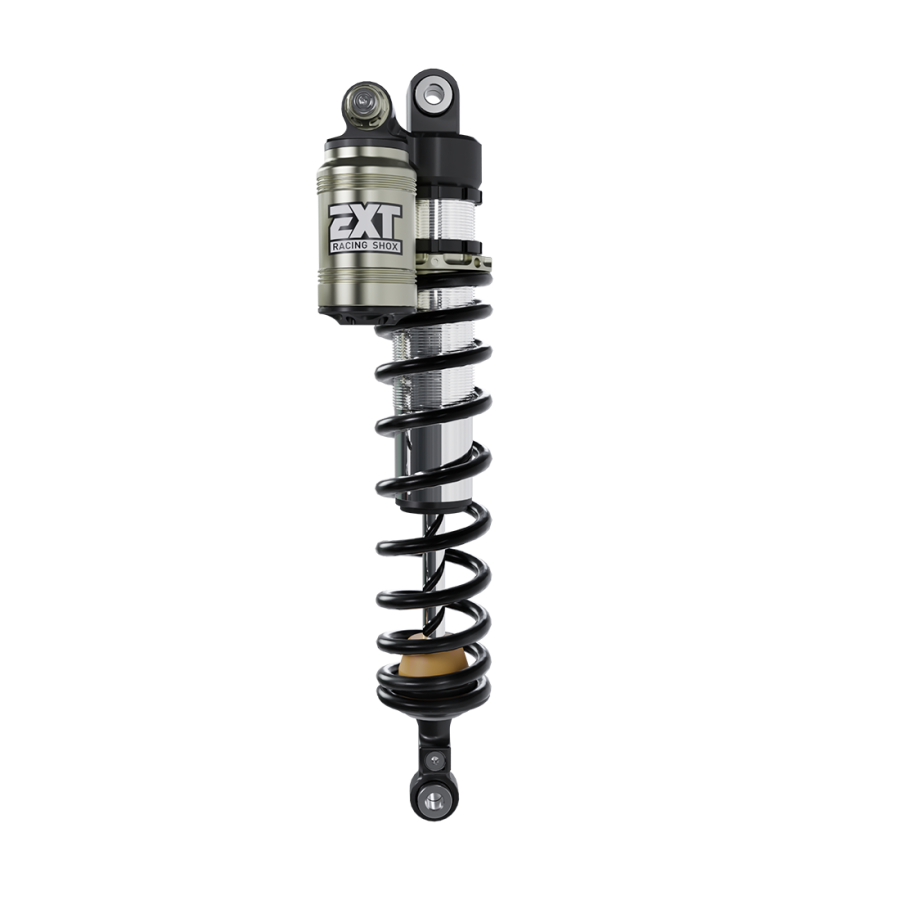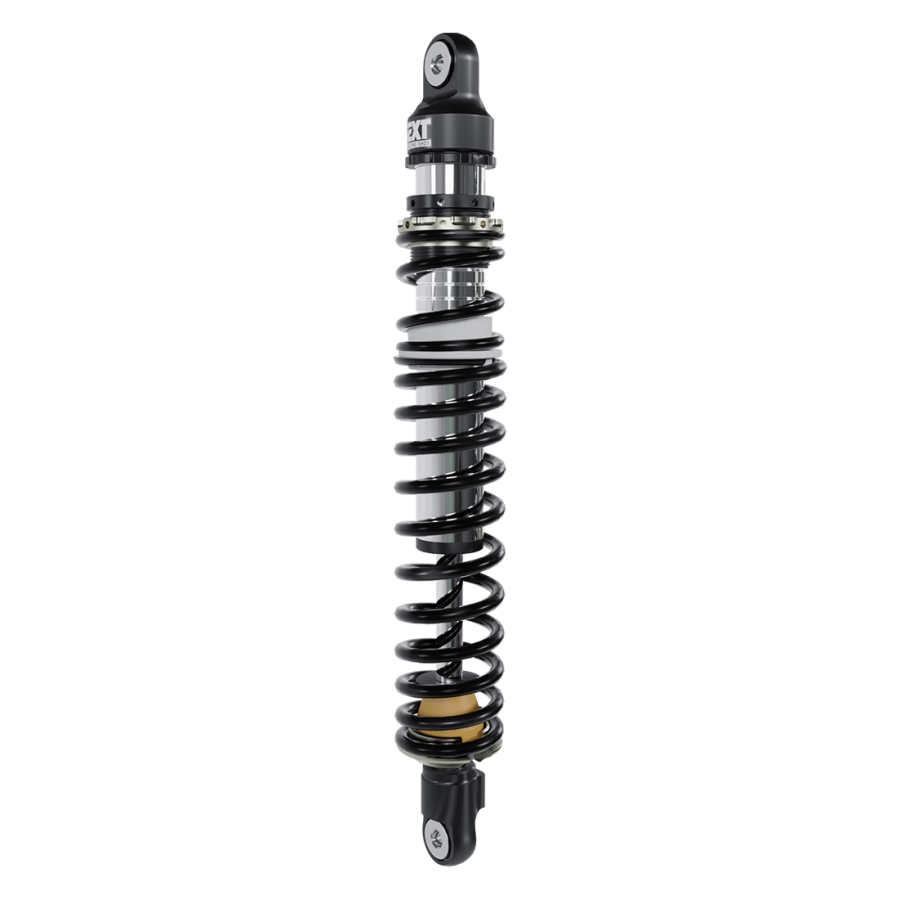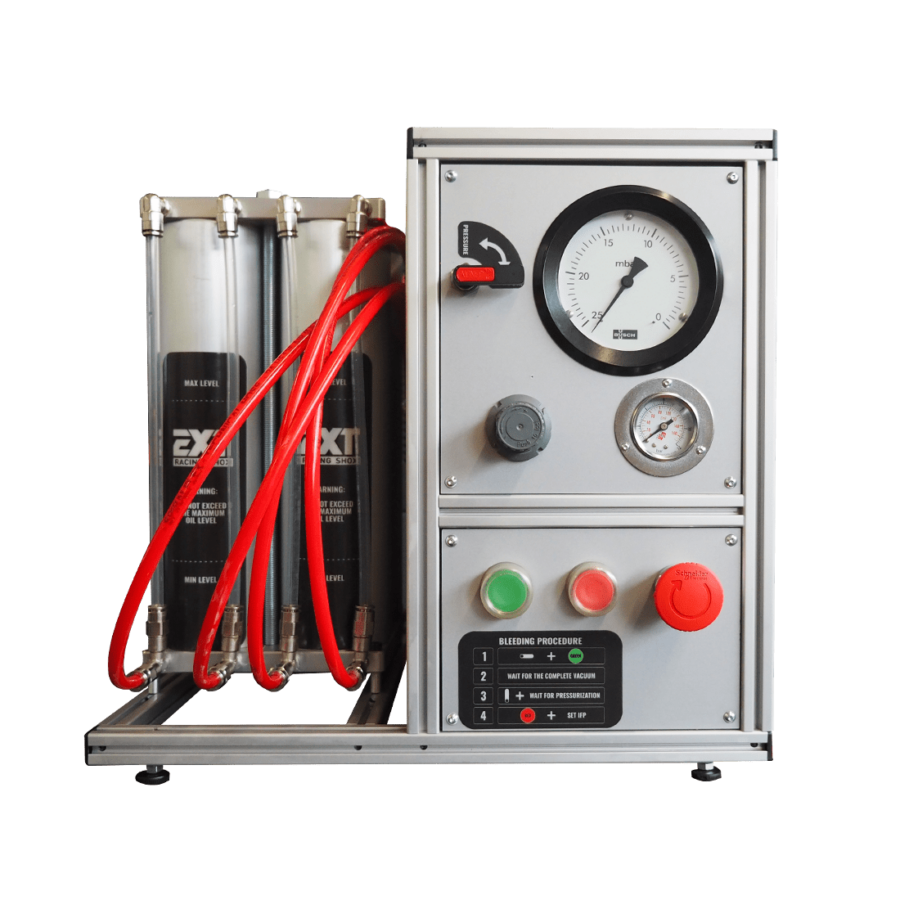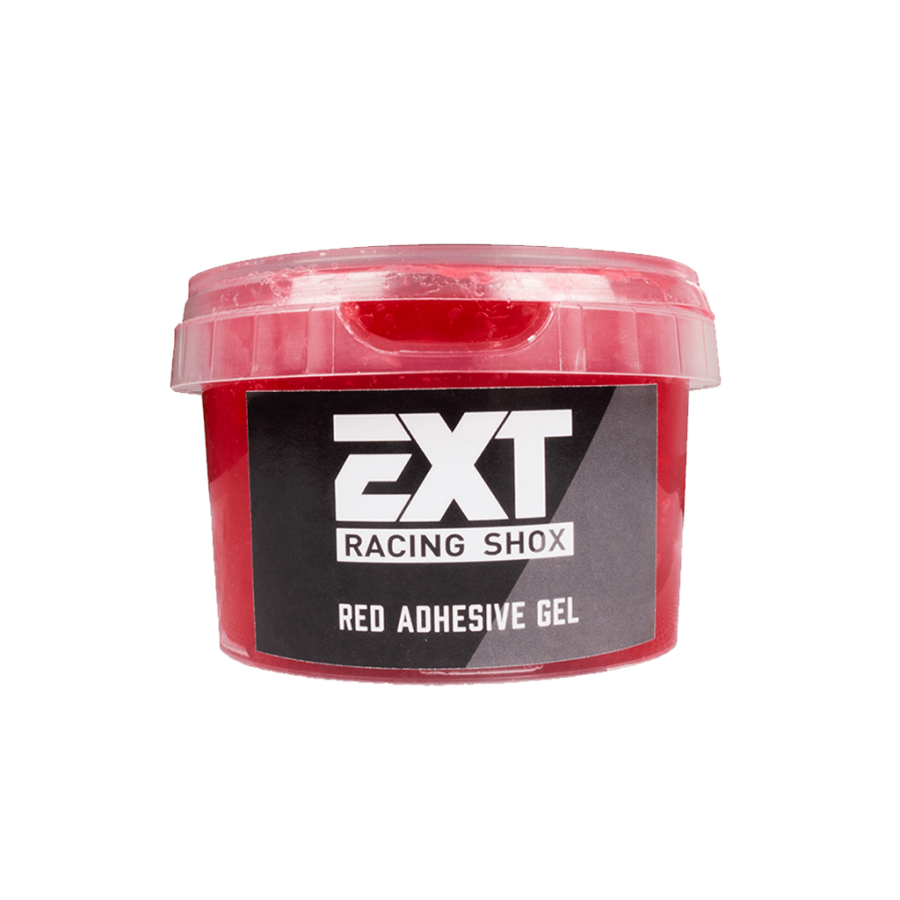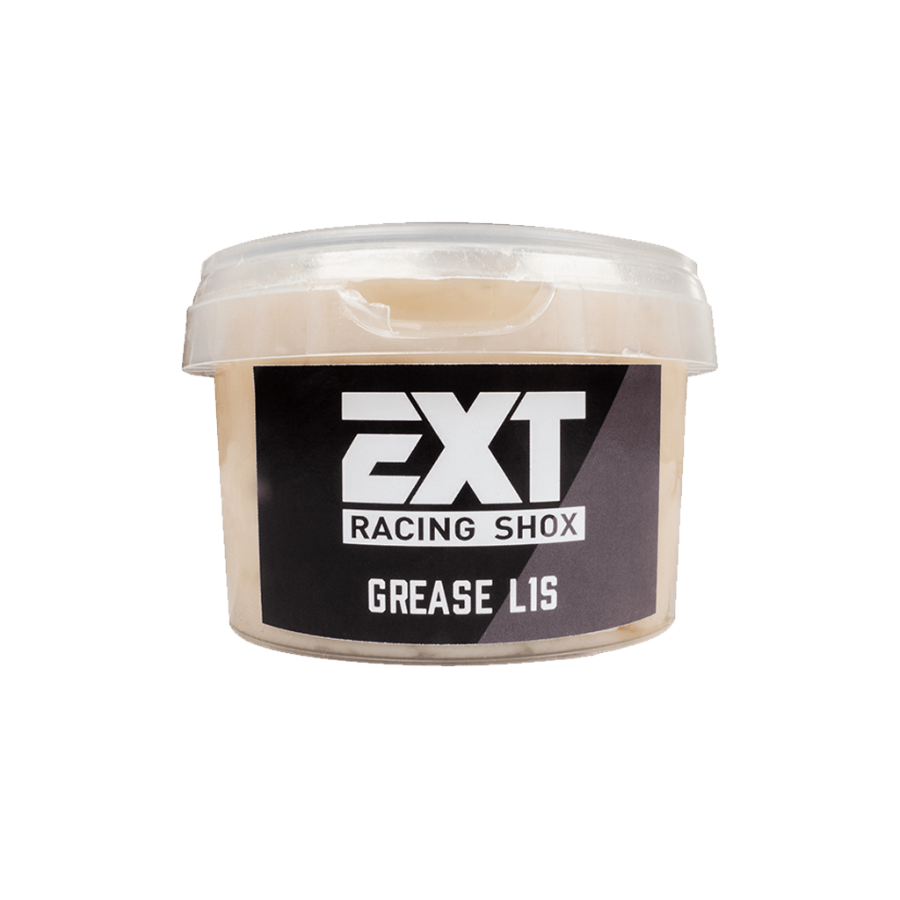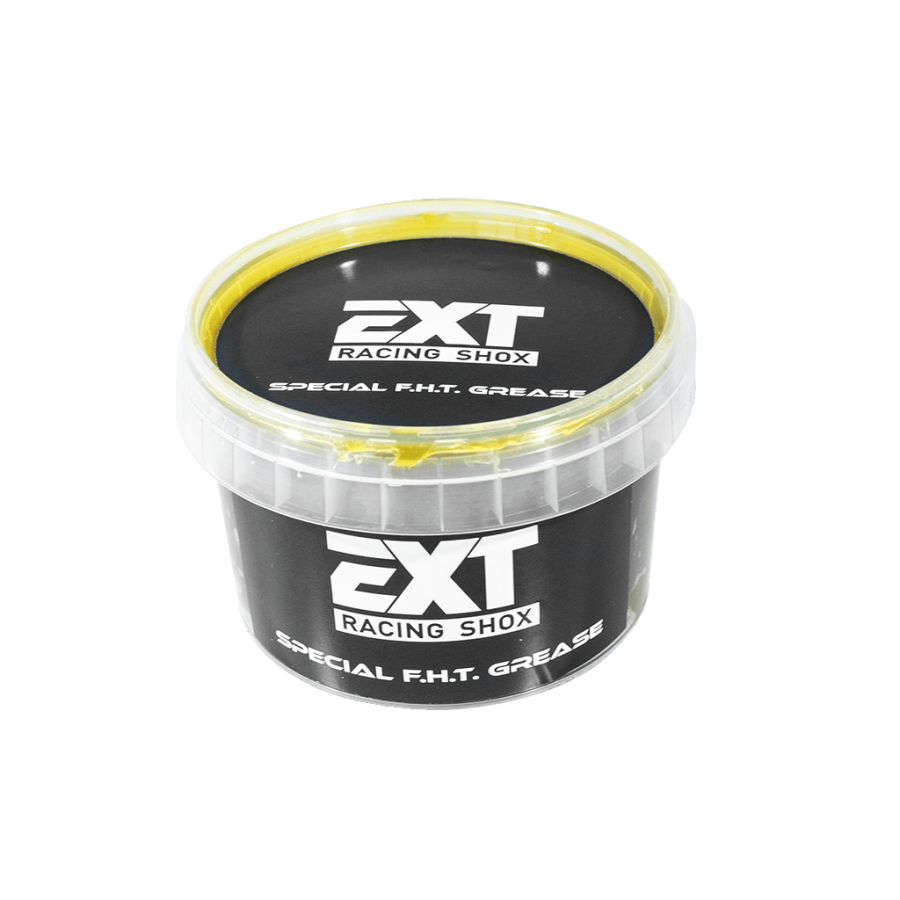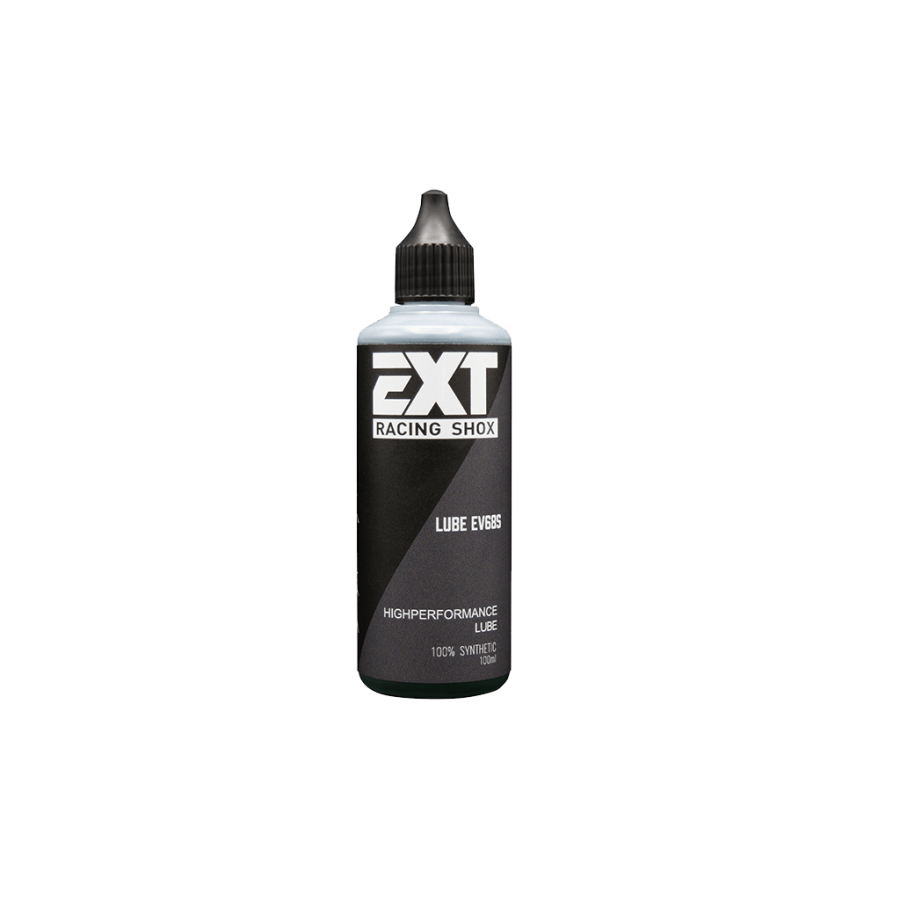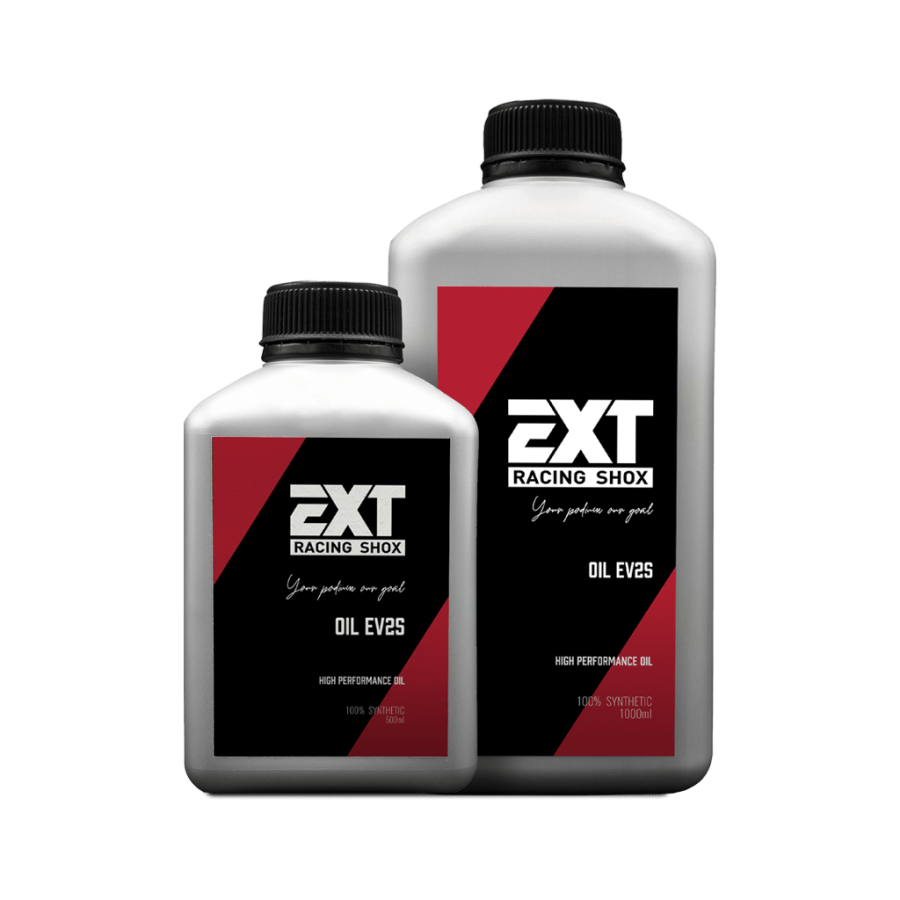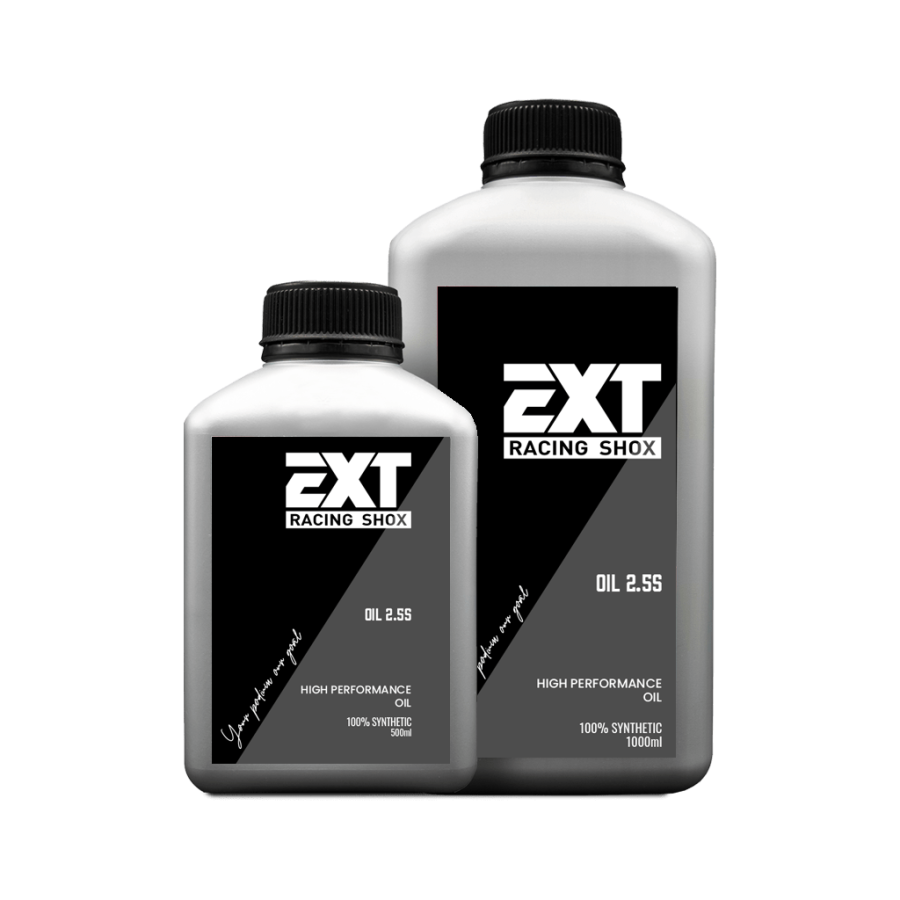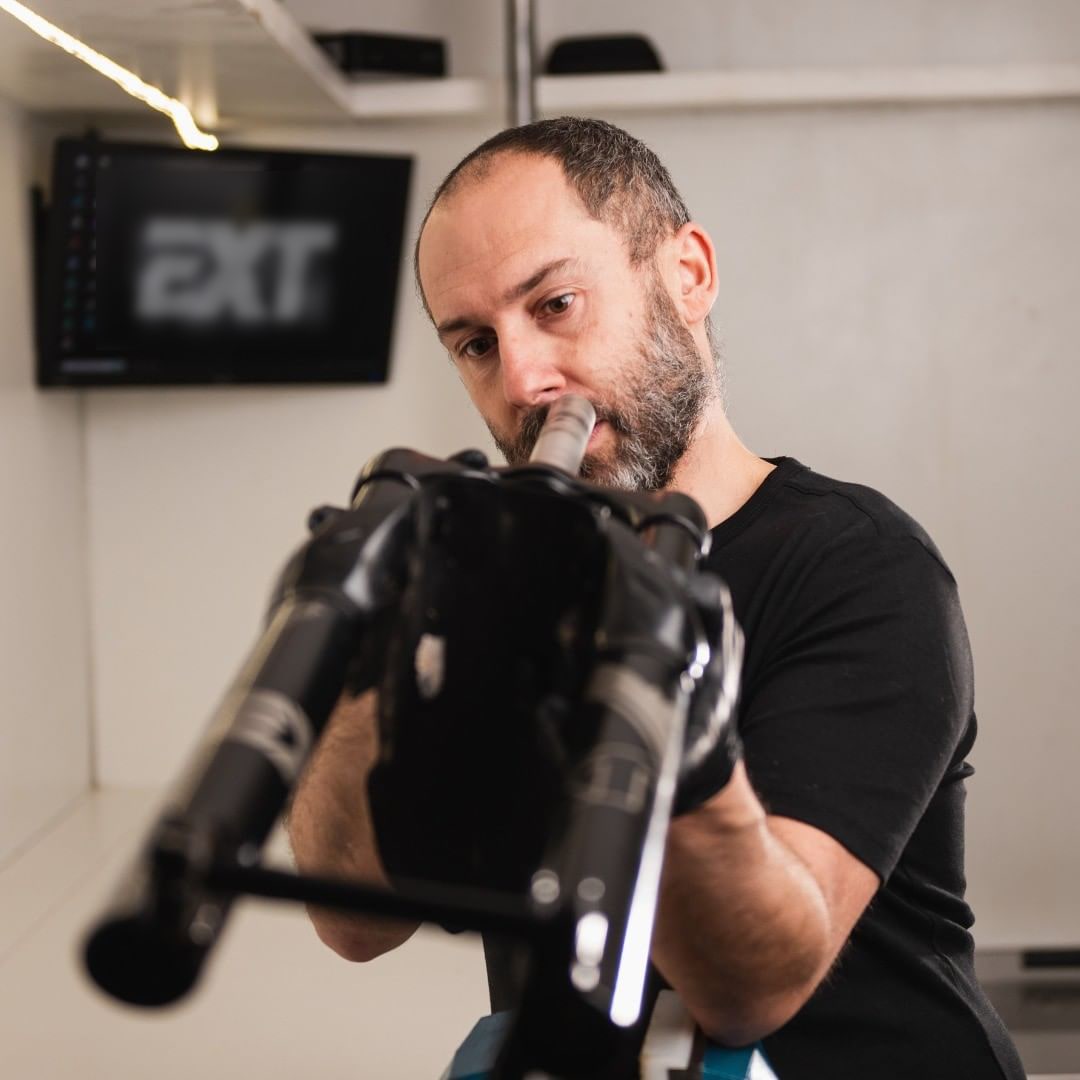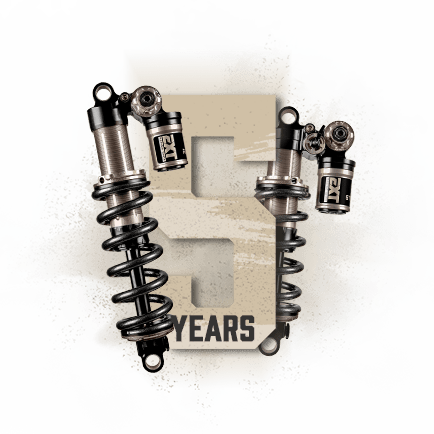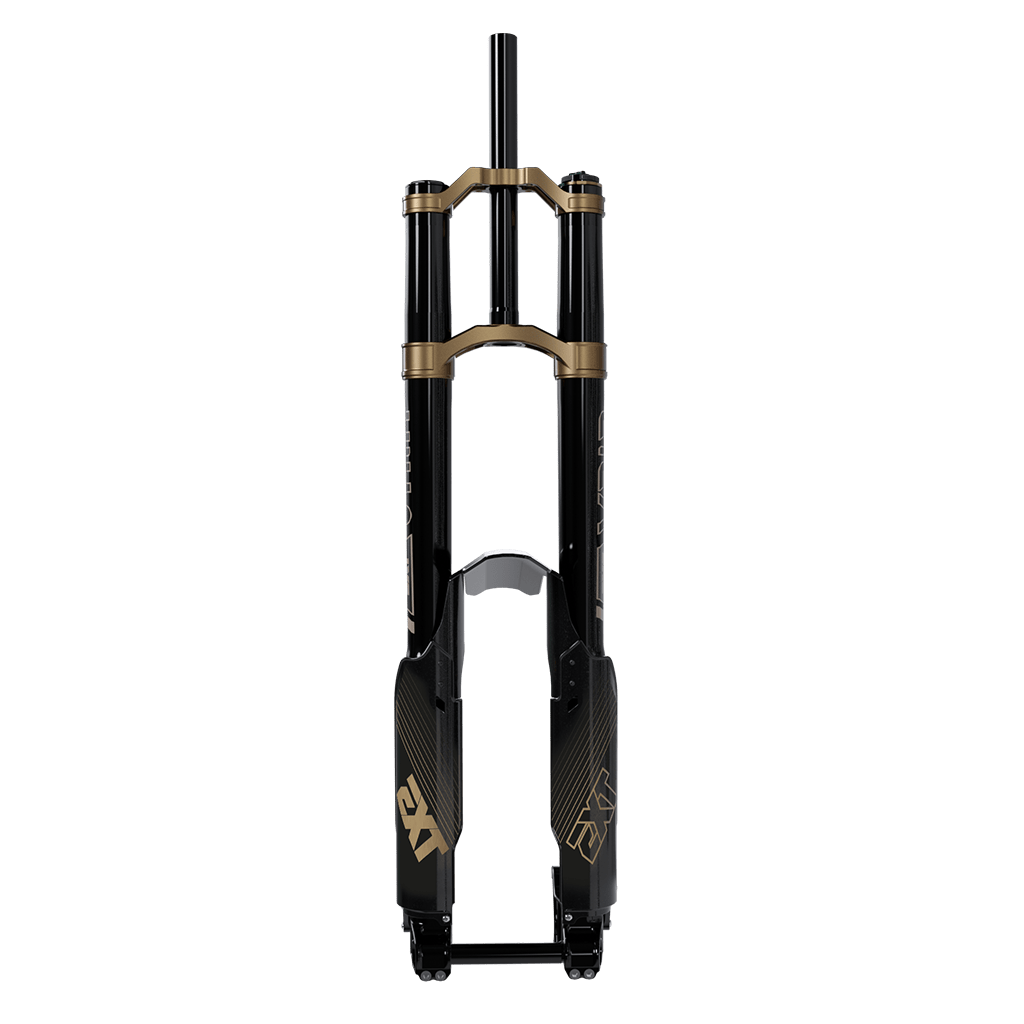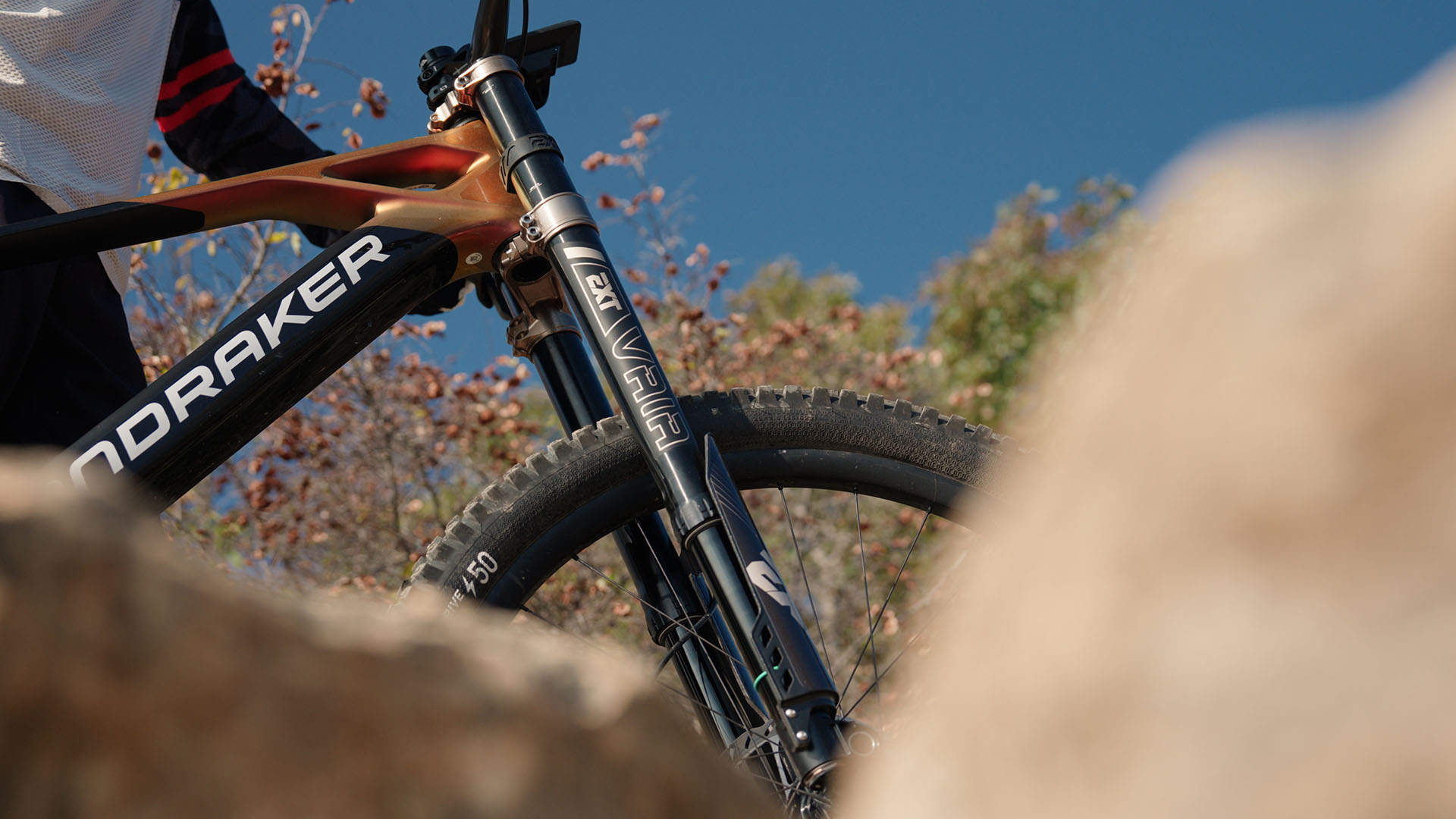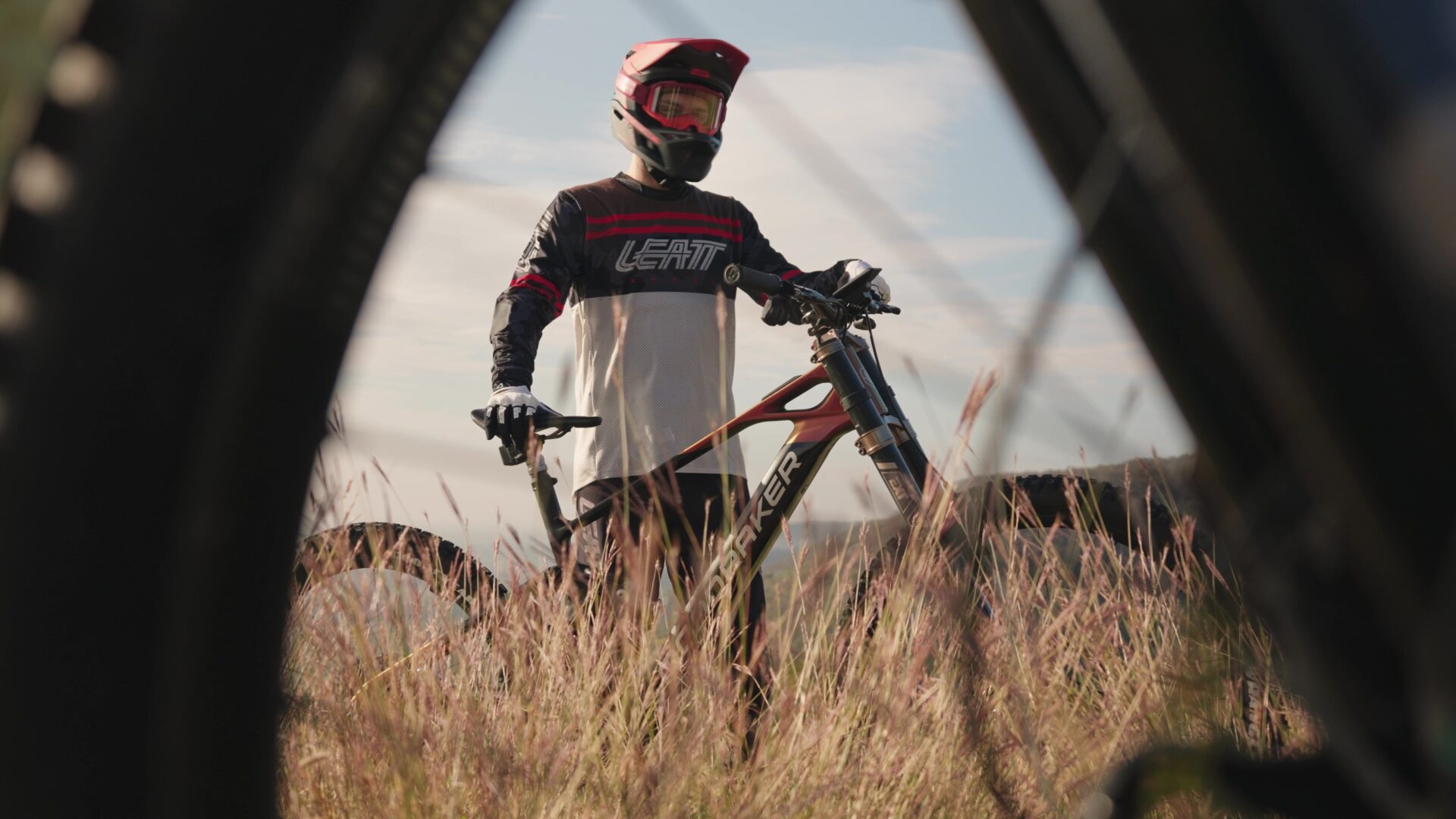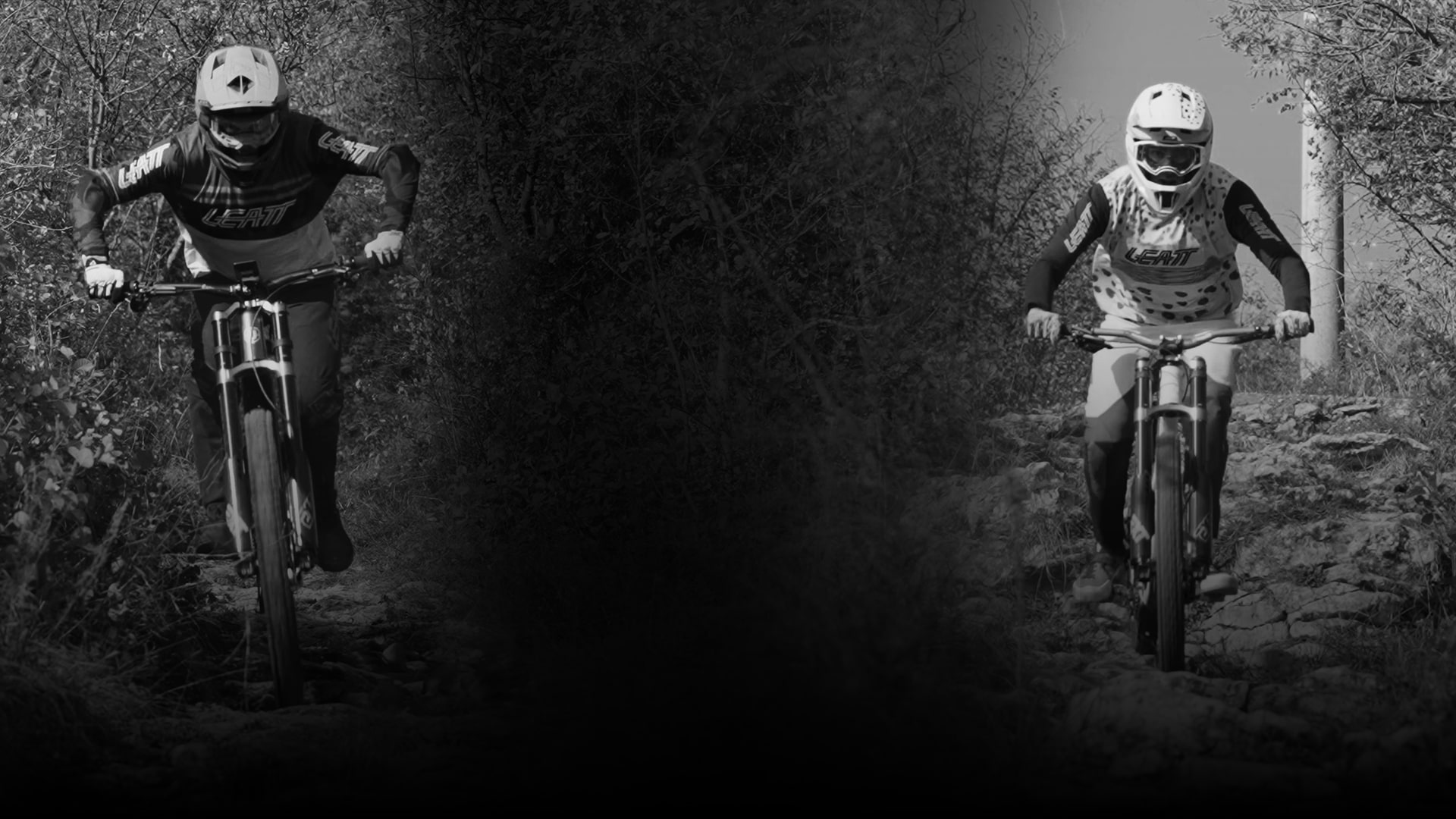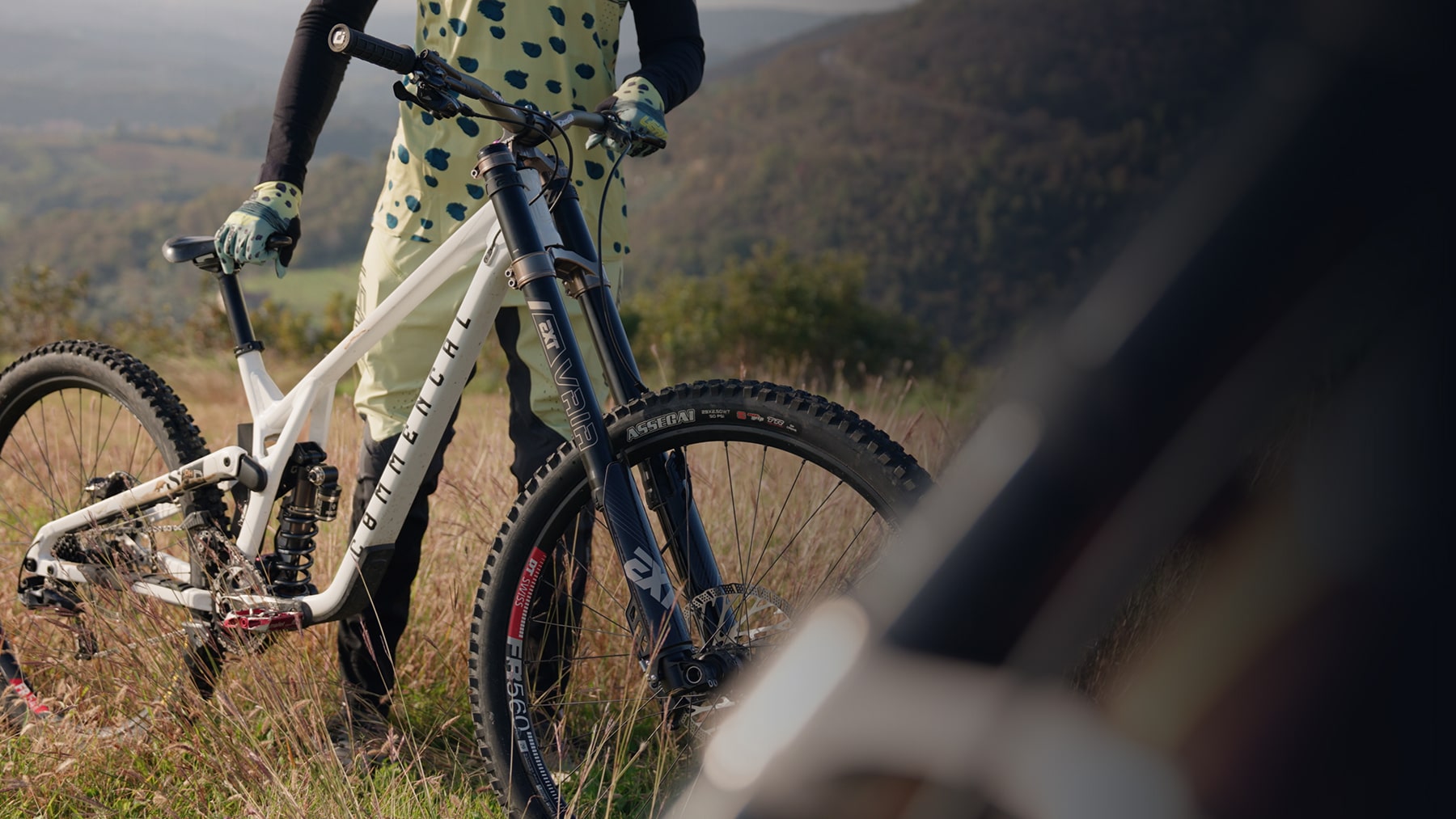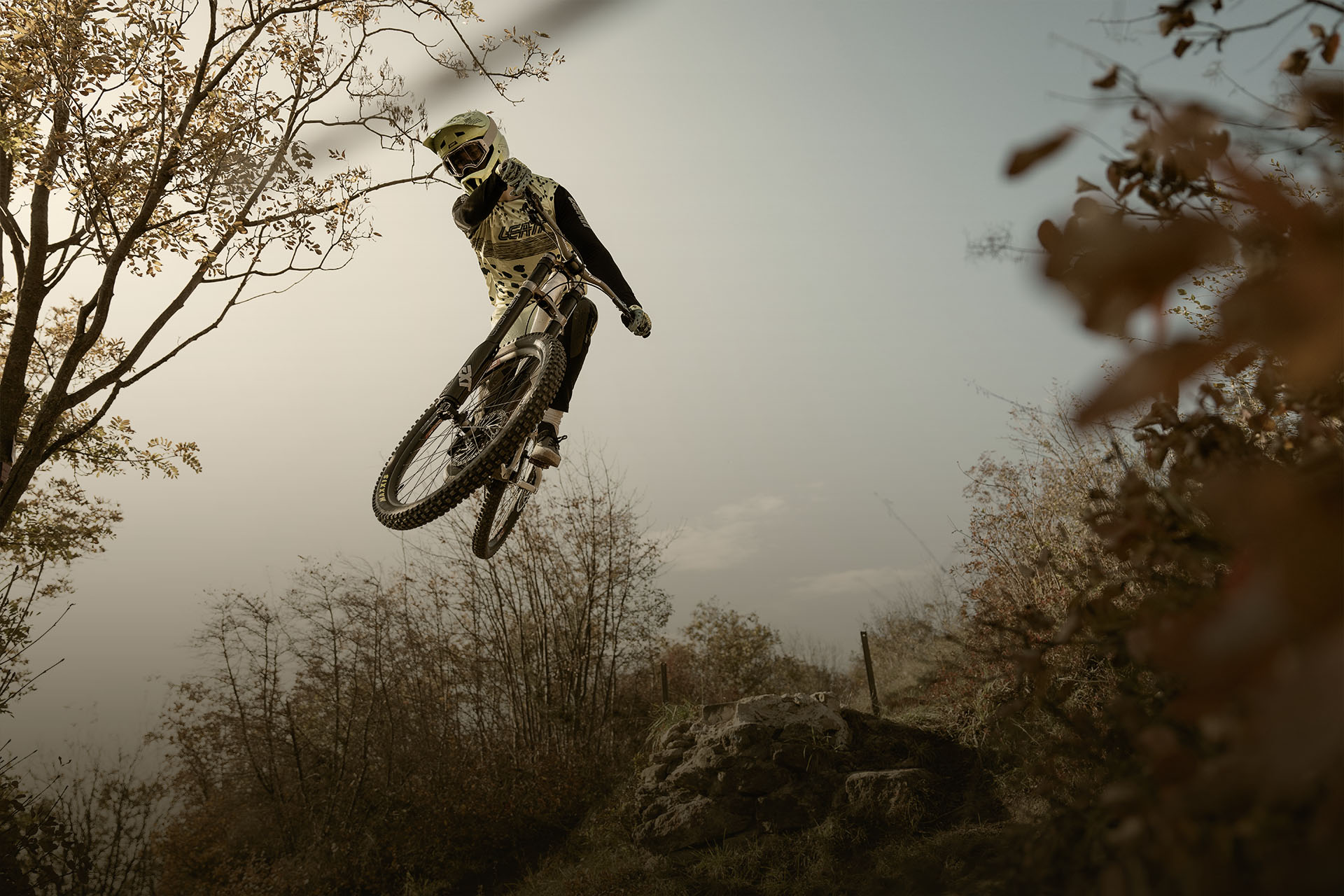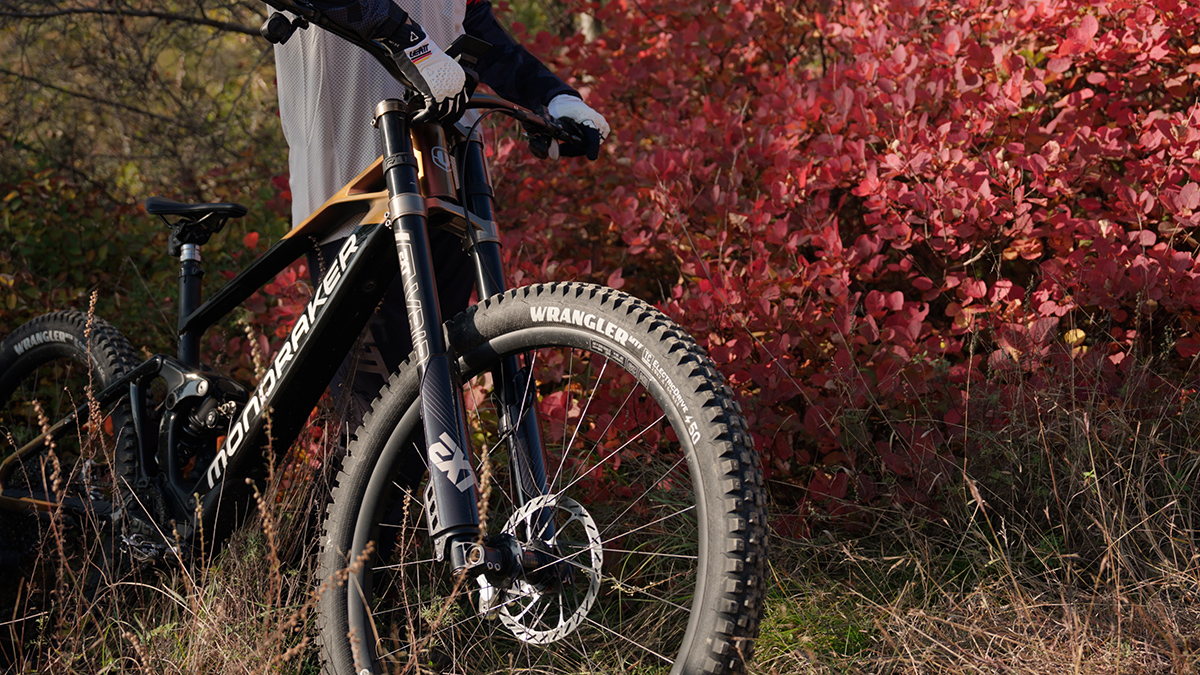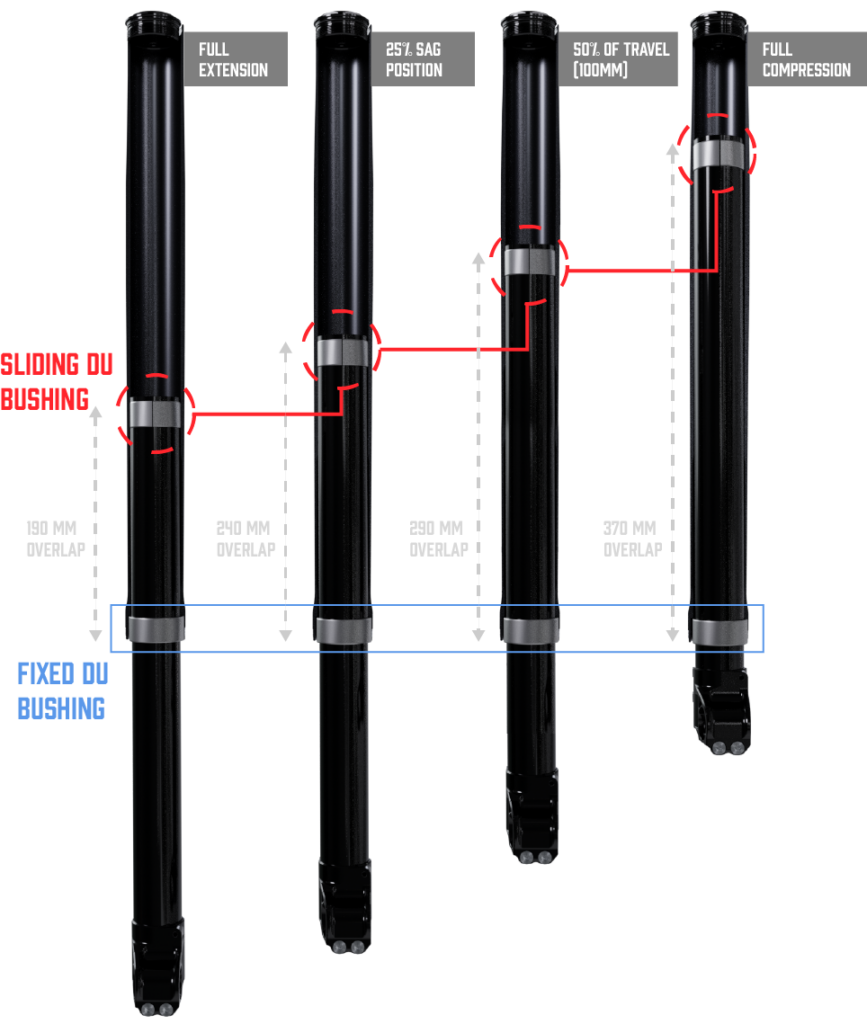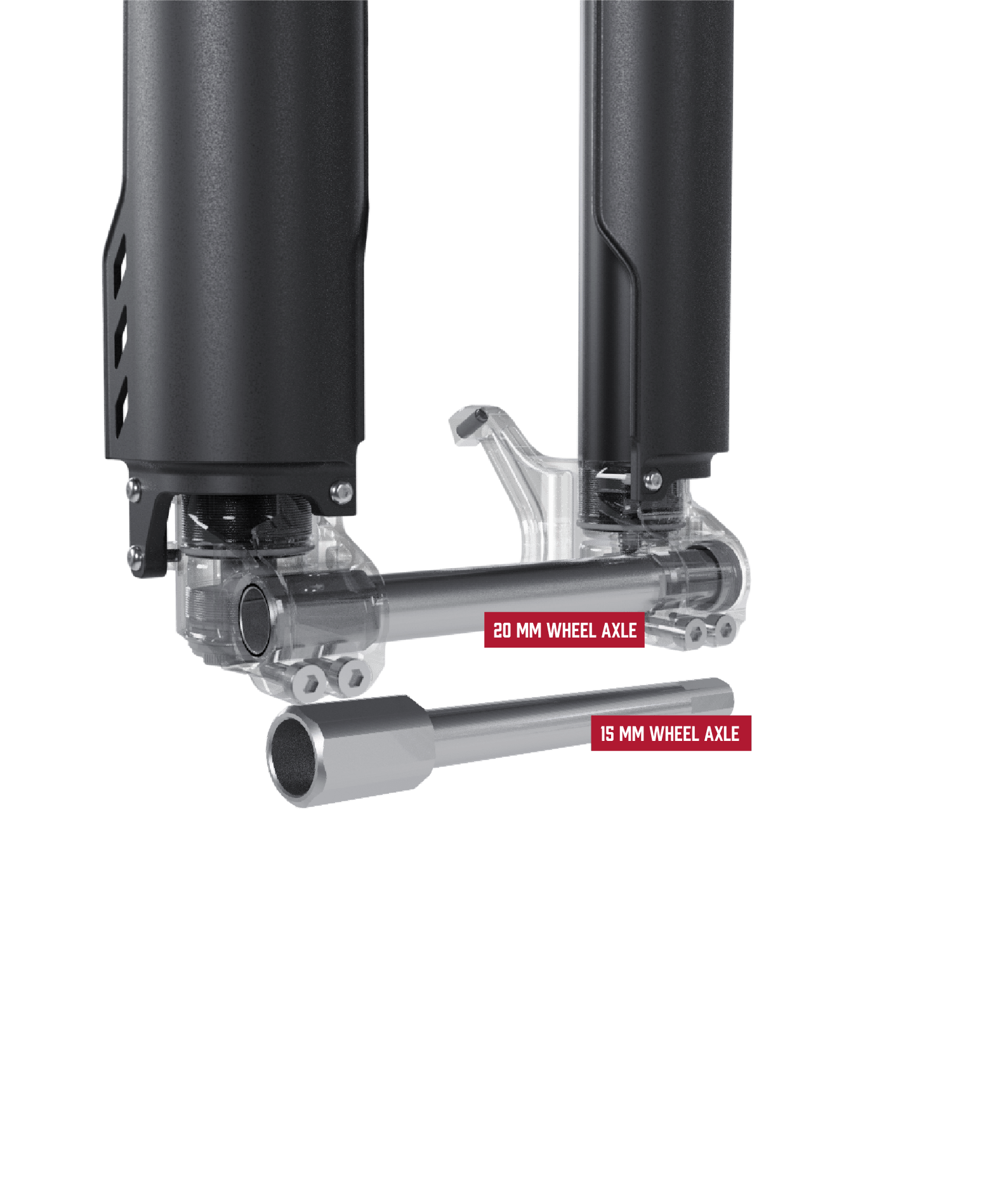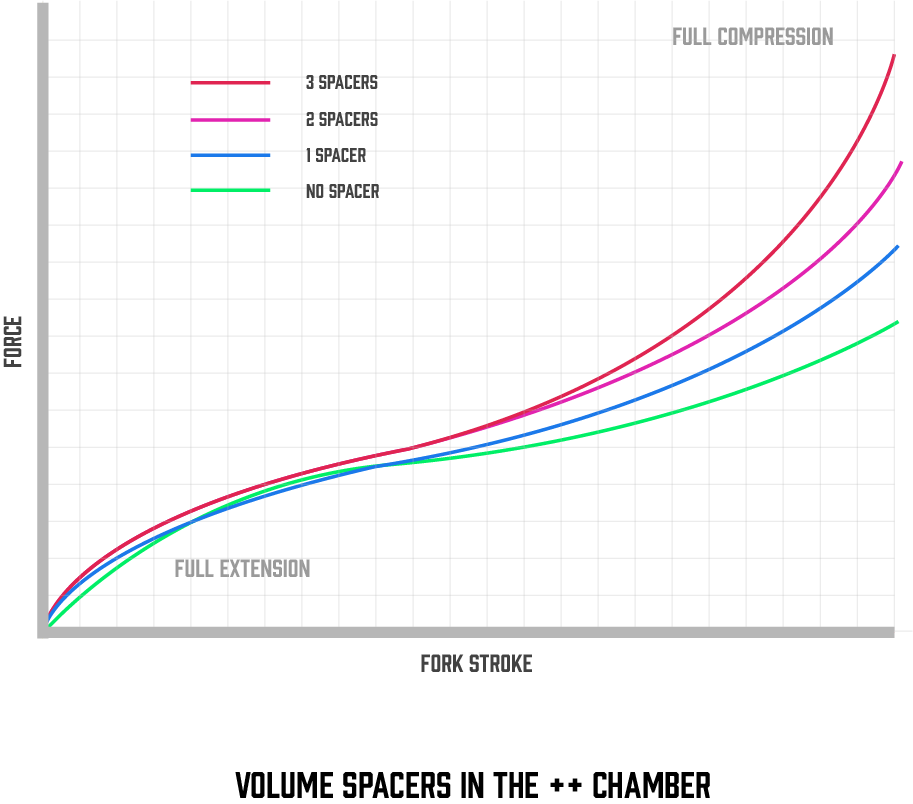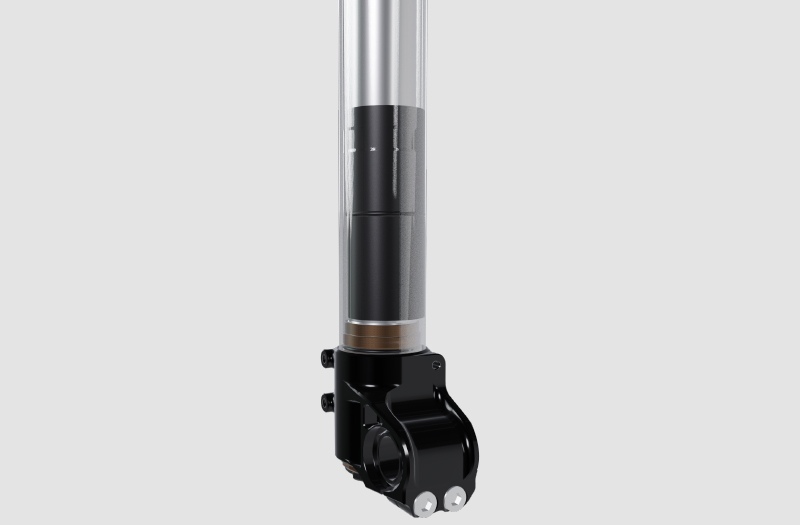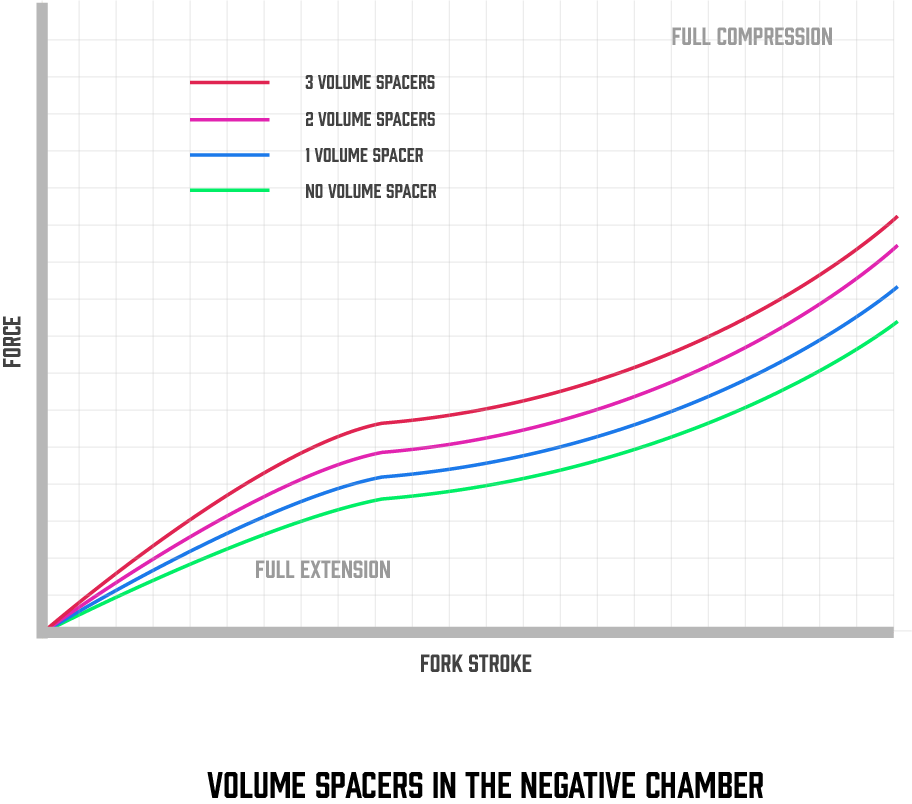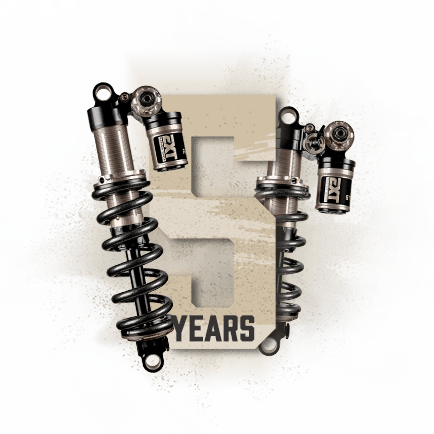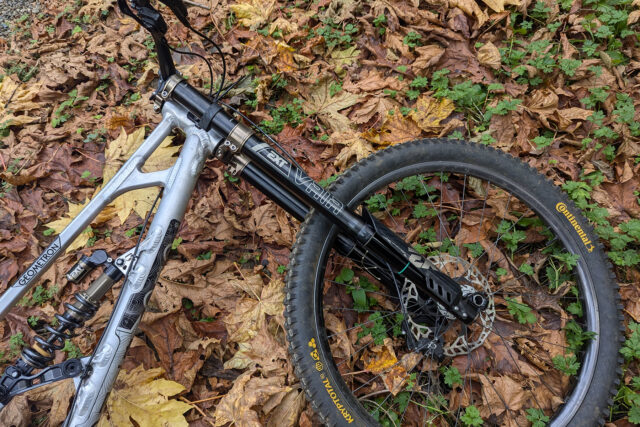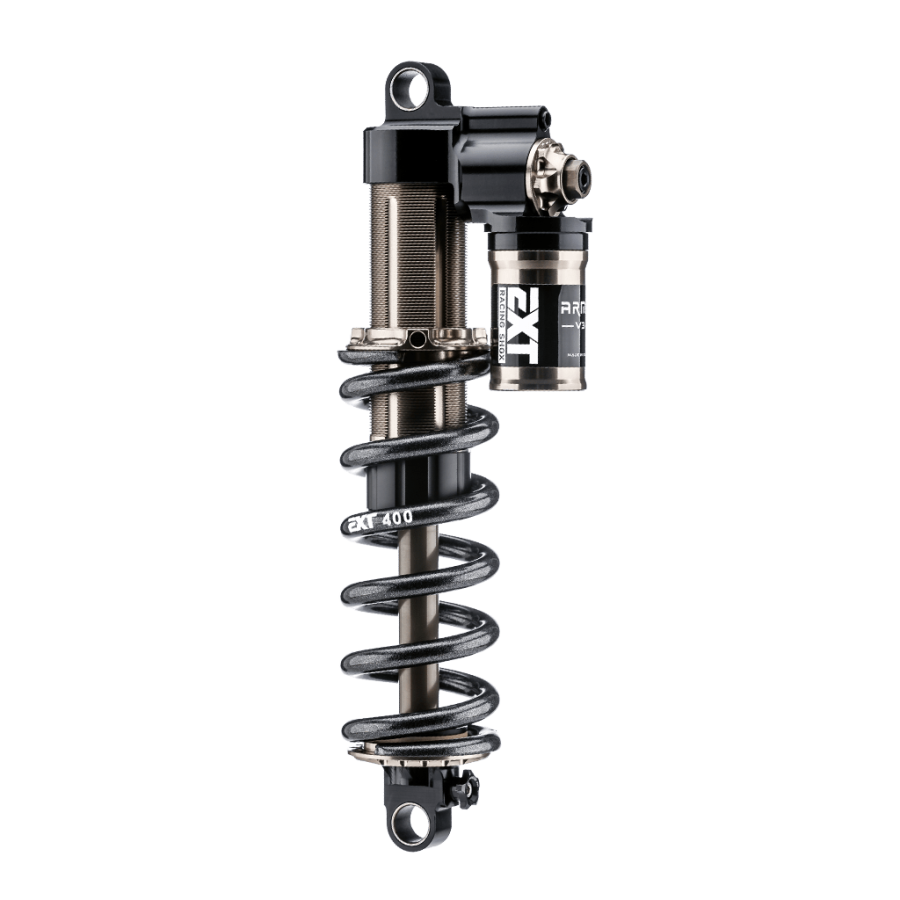- Built entirely in 7075 and 7050 T6 alloy and Grade 5 Titanium
- Tapered 38.5 stanchion tubes optimize the strength to weight ratio, offered with our proprietary surface finish
- Floating bushing system design with an impressive overlap (240 mm around SAG position) with 200 mm travel, ensuring consistent sensitivity and torsional stiffness for riding precision while braking and cornering
- Adjustable high/low speed compression and rebound cartridge with low friction seals, high dynamic response valves and turbulent flow, assures performance in extreme working conditions
- HS3 air cartridge unit with 2 independent positive air chambers as well as an innovative negative chamber with a tunable volume design for increased sensitivity and adjustability
- Pressure release bleed buttons to release air on both fork legs
- Optimized inner volume design ensures maximum lubrication for sliding bushing systems
- Unique double crown design offers 2 offsets, from 44 to 48 mm, enhancing personal adjustment on steering geometry without having to purchase additional crowns
- Available with interchangeable 20 mm and 15 mm (110 mm boost) Grade 5 Titanium wheel axles for both maximum stiffness and rigidity
- Dedicated stanchion protection with available bolt on fender
- Weight: 3195 gr (in 200 mm travel with 20 mm wheel axle, cut steerer tube, oil included)
EU PRICE 2600,00 €
US PRICE 2250,00 $

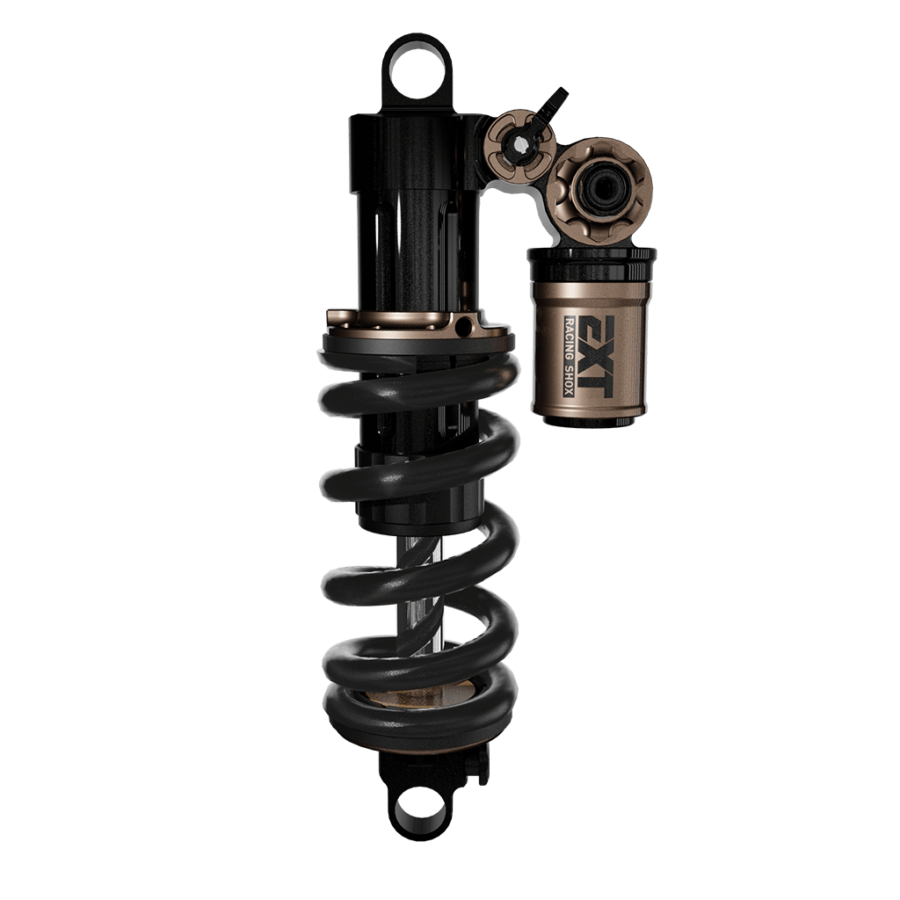
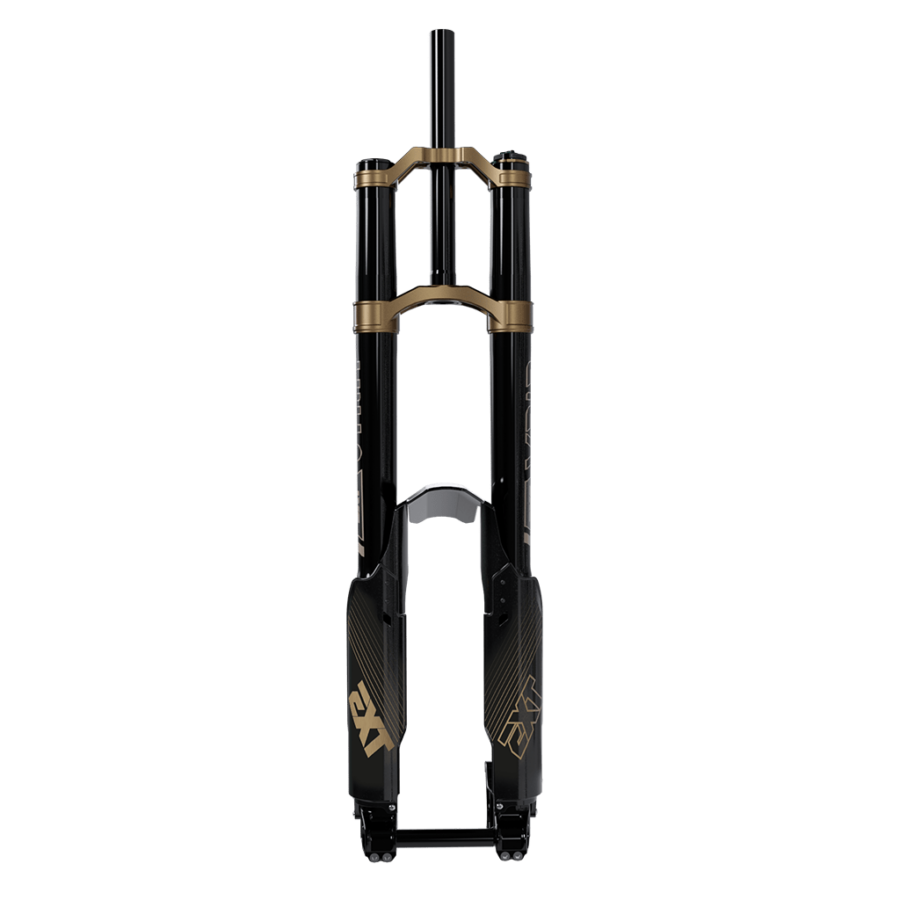

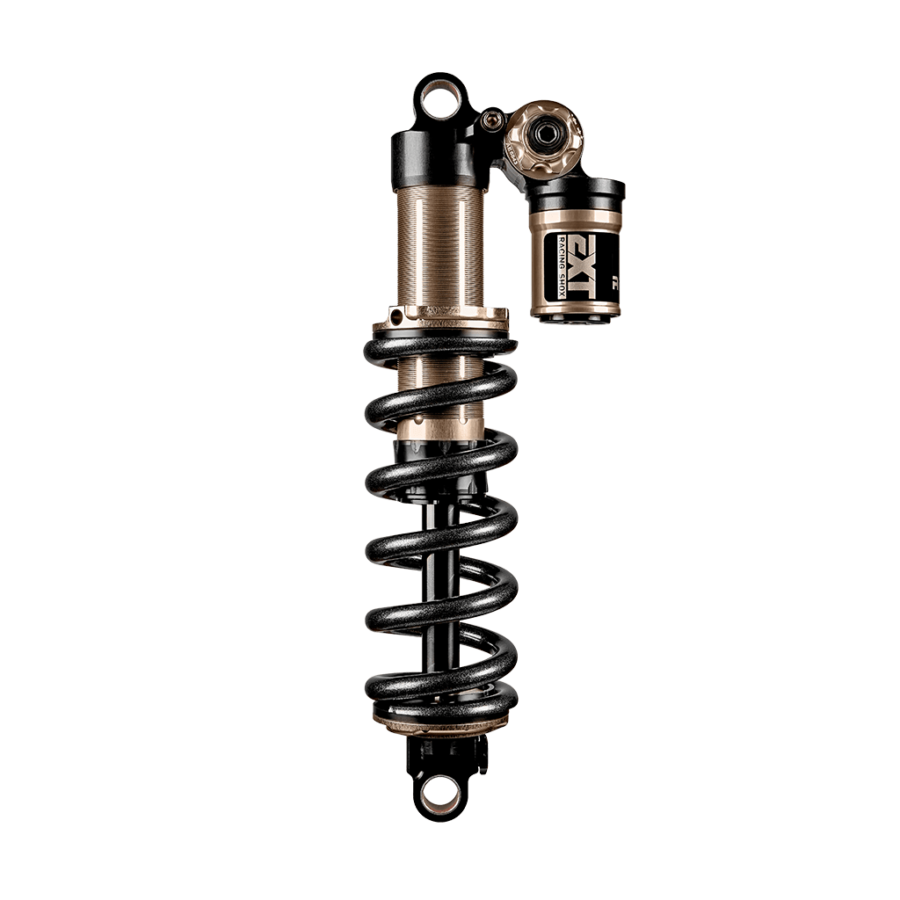
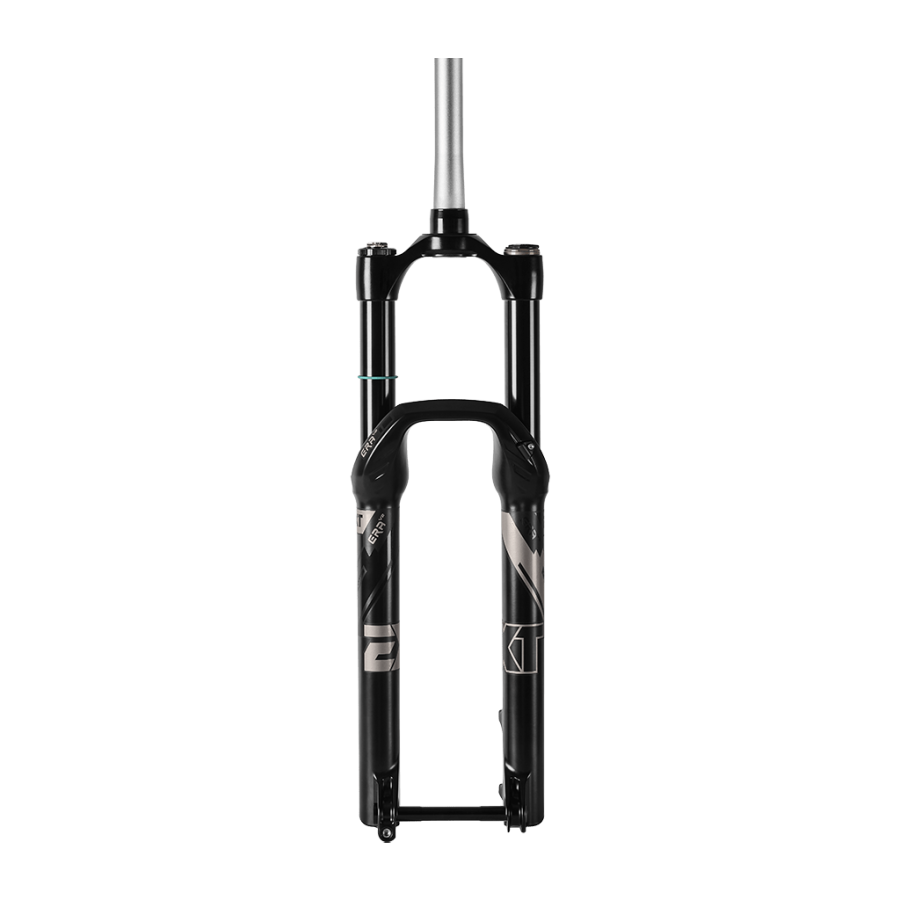
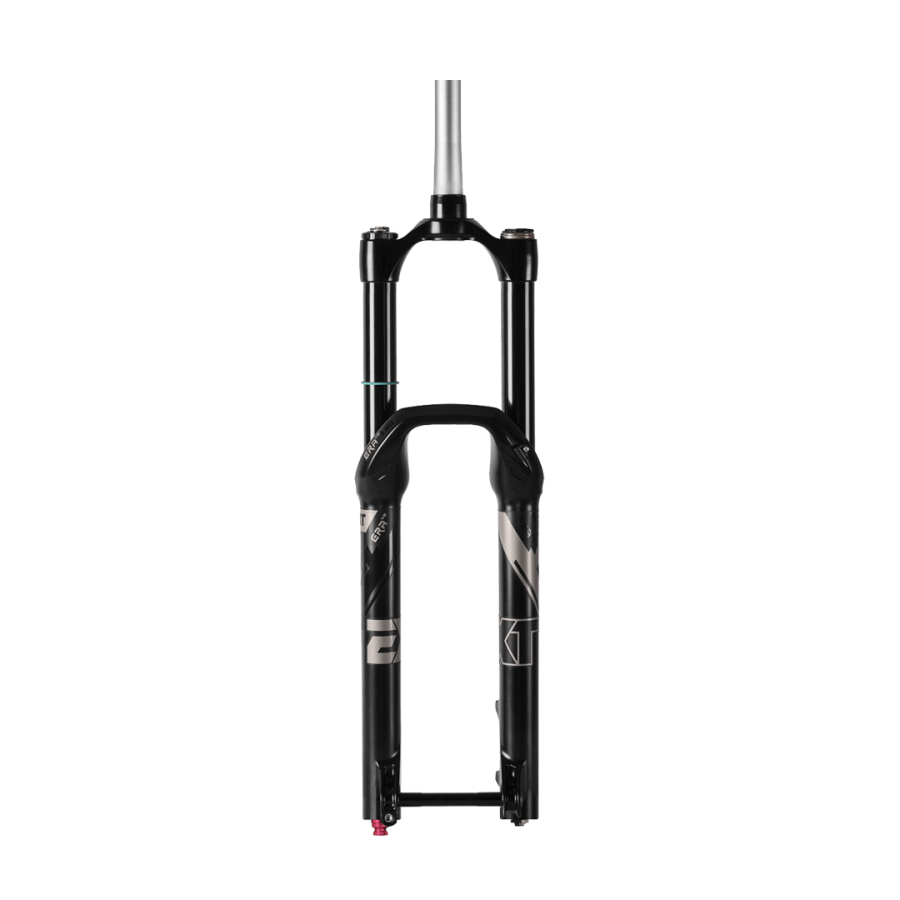
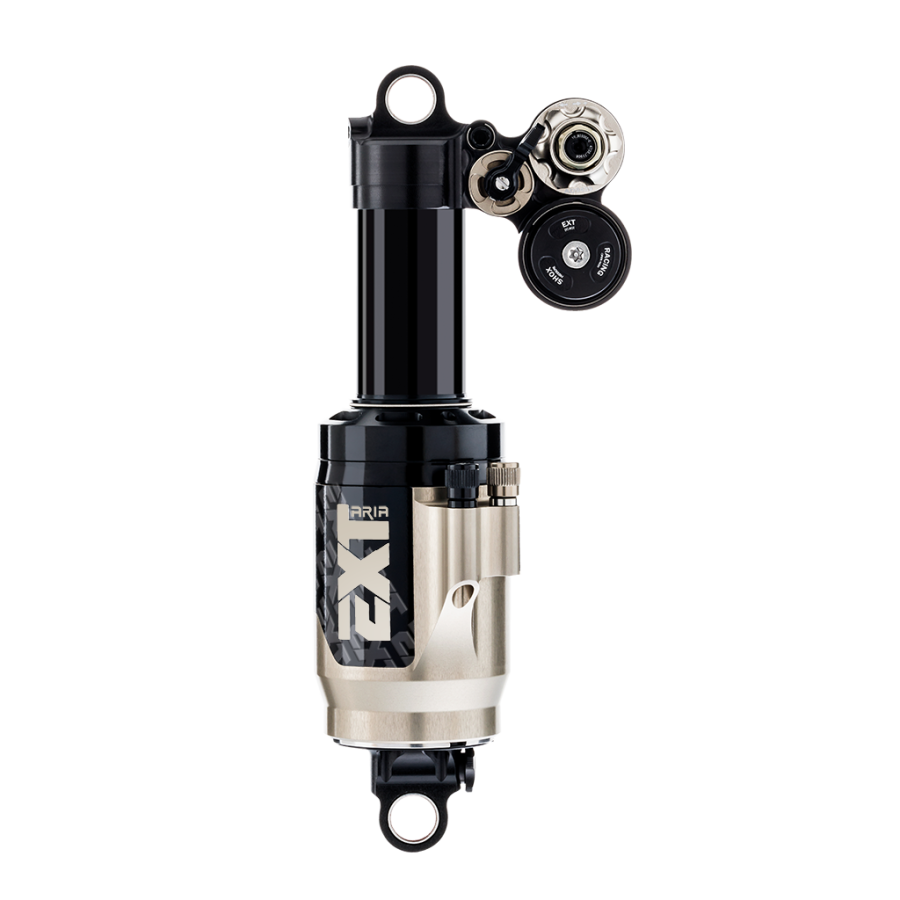

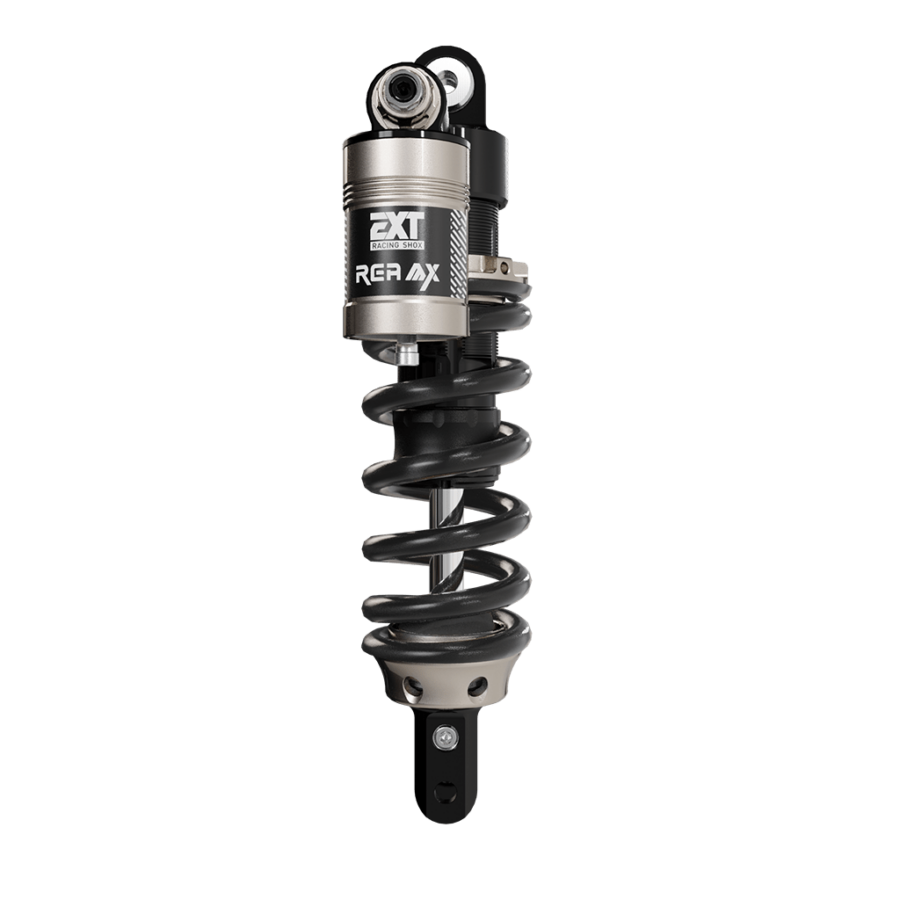
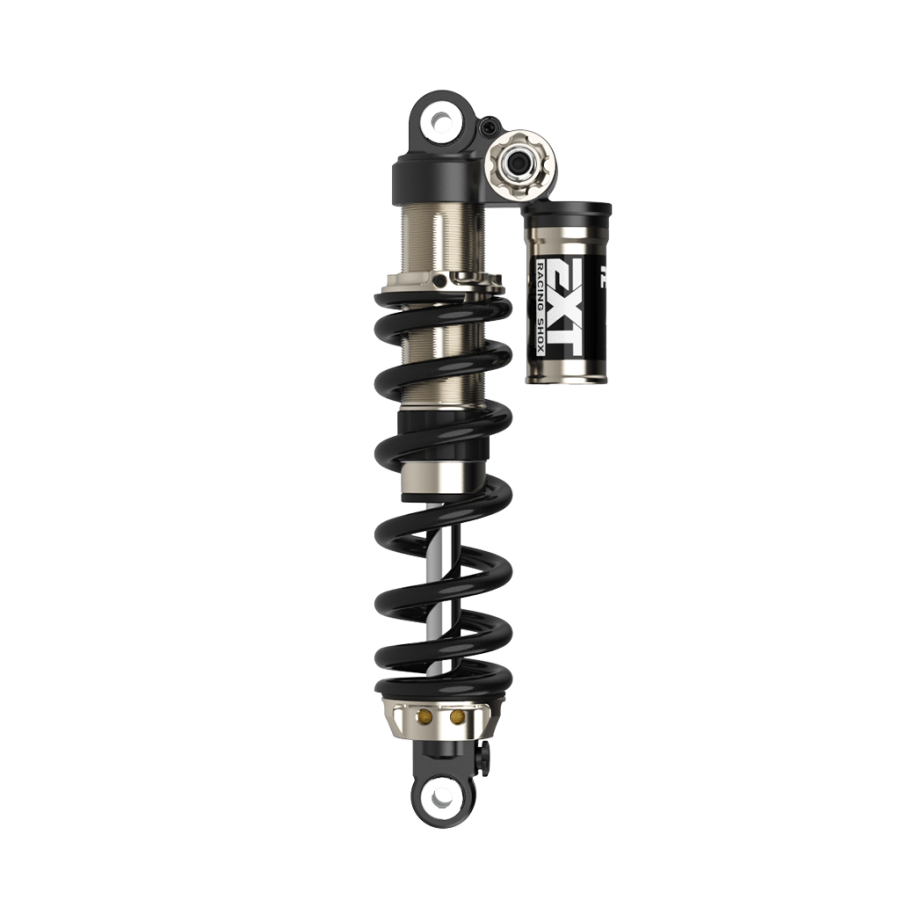

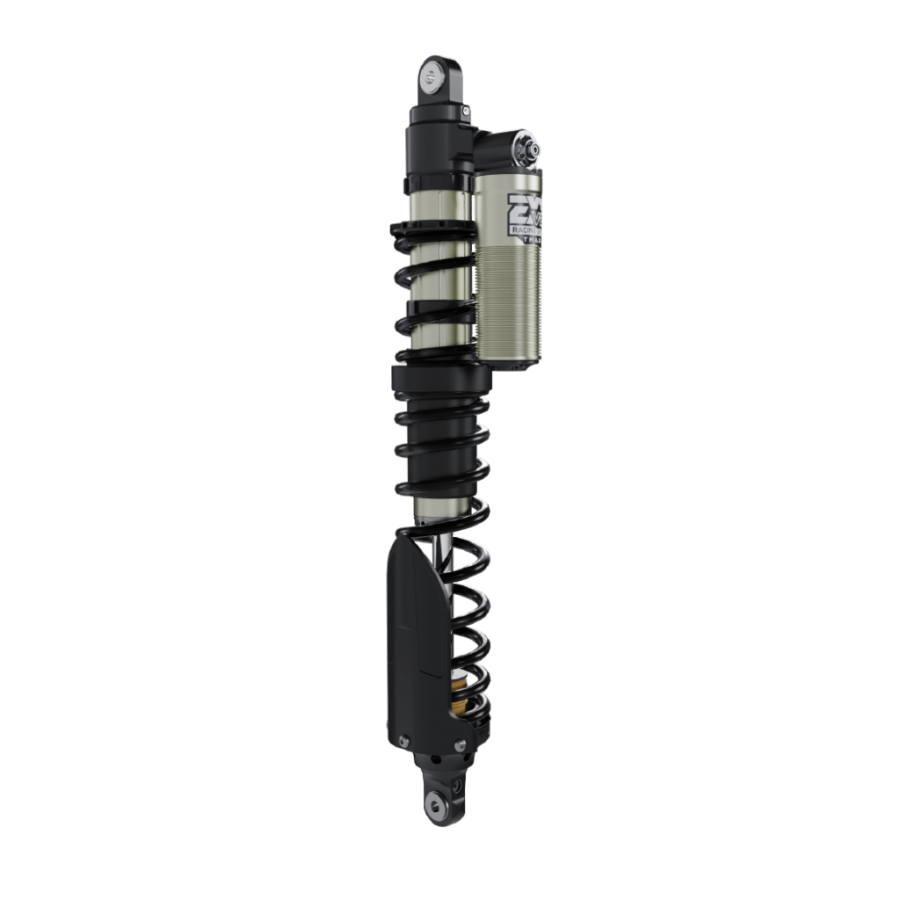
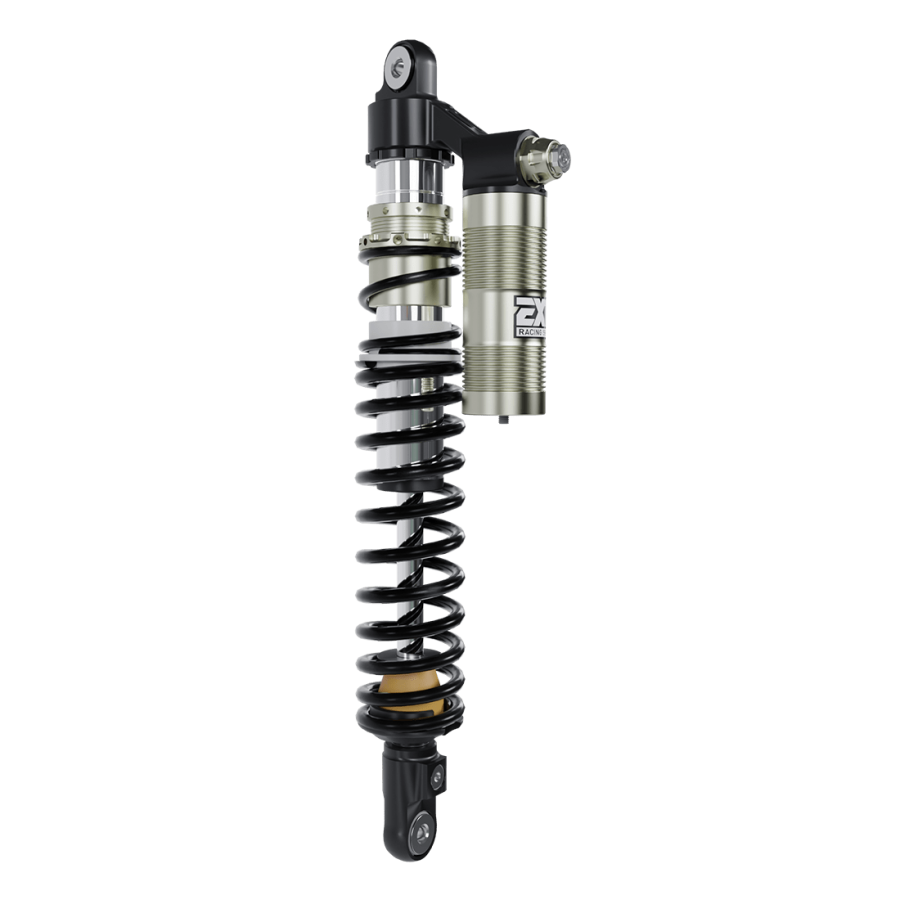
![Tech 3R [Quad]](https://extremeshox.com/wp-content/uploads/2023/09/tech-3r-product-picture-min-900x900.png)
